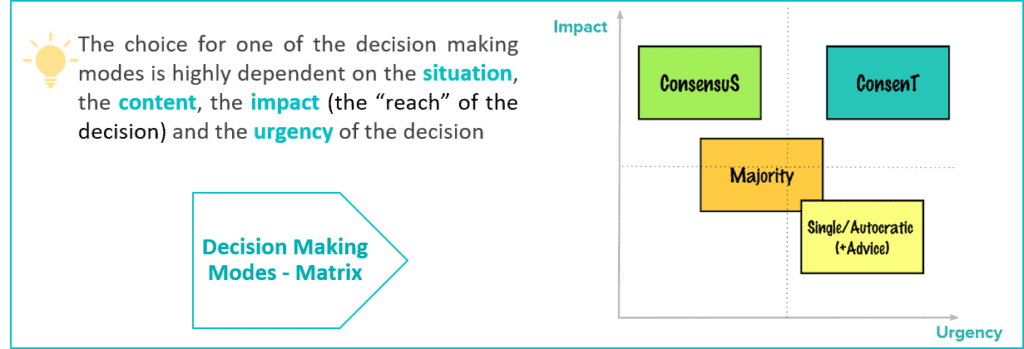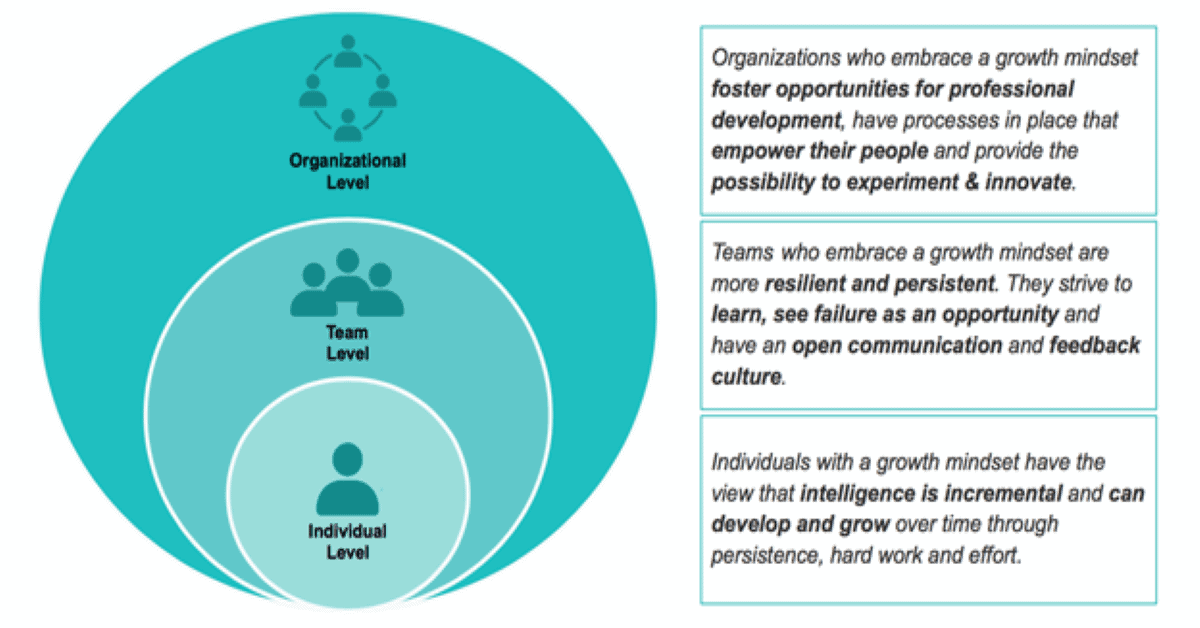Decision-making is a crucial part of every aspect of our day-to-day life. We face the challenge to make decisions in every single role we have as partners, friends, parents, employees, leaders. In our working life, our organisation’s success highly relies on the decisions we make or we are part of; whether it is the department’s budget or delegating a task or implementing a new strategy or tool these decisions are part of our life and have a direct impact on the way we work, collaborate and succeed.
However, the process of decision-making is most of the time complicated or complex and most importantly underestimated. Research has shown that the vast majority of corporate executives reported that bad decisions are about as frequent as good ones.
In the advent of the New Norm where the need to become more agile becomes more and more evident, improving the efficiency and effectiveness of Decision-Making is indispensable.
How can we improve?
The answer is easy to understand but difficult to master. As every single performance ‘battle’ it all starts inside us! There are different decision-making modes that depending on the situation can be applicable or not. Nevertheless, before arriving at this stage, it takes a deep understanding of oneself; the senses, the perception, the drivers that make us decide for X vs Y. This self-reflection and knowledge are the building blocks that will empower you to make the right decisions and set the basis for a better foundation in your organisation.

Stages, Minds and Ways of Decision
There are 4 stages involved in Decision-Making, 3 minds and 6 ways:
• Data Gathering: consists of building the required basis to gather all the needed data and information around the decision
• Info Processing: consists of processing the collecting data
• Meaning Making: is dedicated to the way we make meaning of the decision
• Decision Making: consists of the choice of the decision-making mode as well as the decision making itself. The four most common decision modes are Consensus, Majority, Consent and Single decision.




